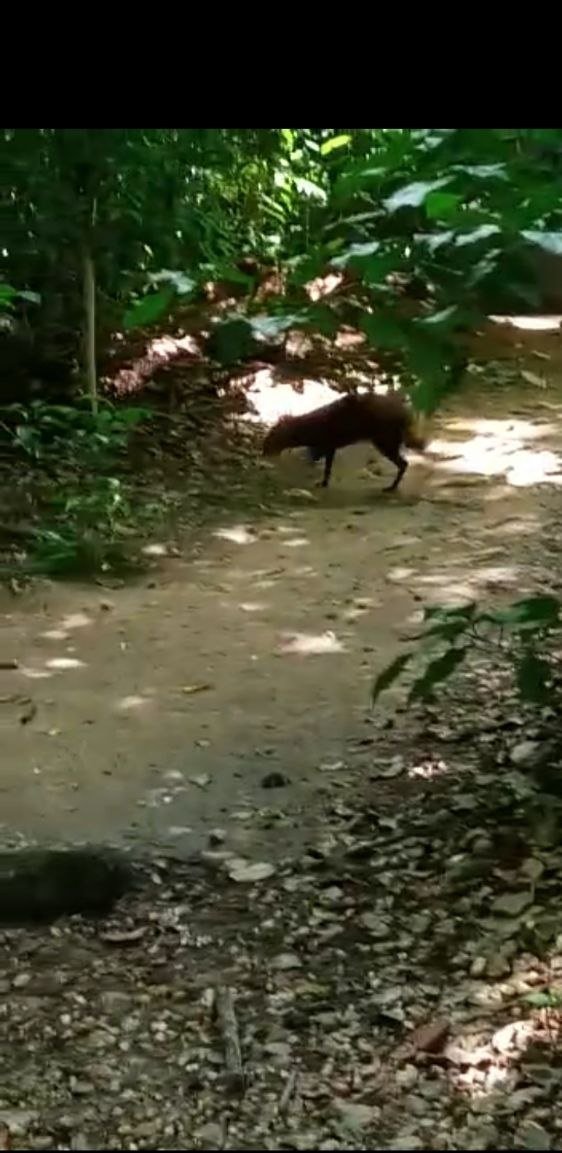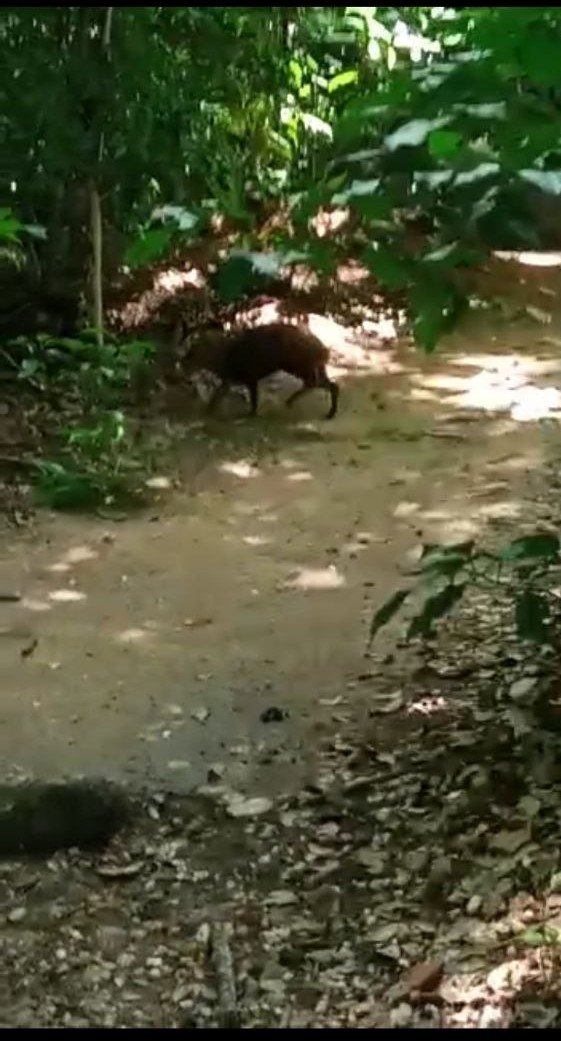
What is the capybara?
The capybara, capybara or chigüire is a species of rodent of the capybara family, native to South America. It is the largest and heaviest living rodent in the world.
Capybara in Venezuela
It can be seen in the west-central rainy plains of Venezuela but is found throughout Latin America. According to some this species is in extinction and according to others it is well conserved.
The Chigüire is found in the plains, the Orinoco, the Delta, Guayana, Barlovento, the state of Miranda, in the Lake of Valencia and in the central western plains. The Maracaibo Lake basin is home to a variety of this rodent known locally as piropiro.

Currently, the chigüire populations of the eastern plains have been severely depleted while those located in the Orinoco delta and in the Guayana region remain stable and those in the central-western floodplains are abundant and private ranches do not allow hunting, which certainly helps a lot.
Reproduction
It reaches sexual maturity at the age of one year or 18 months, and the breeding season is variable. Gestation lasts 120 to 150 days. It has only one birth per year, and the young weigh approximately 800 g to 1.4 kg.
Mating is in the water after immersion and play.
With a sebaceous gland at the top of their snout - between the eyes and nostrils - the males rub themselves on tree trunks to mark their territory.

They normally have four to seven young.
Images of my authorship.
Español

¿Qué es el capibara?
El carpincho, capibara o chigüire es una especie de roedor de la familia de los capibaras, originario de Sudamérica. Es el roedor vivo más grande y pesado del mundo.
Capibara en Venezuela
Se puede ver en las llanuras lluviosas del centro-oeste de Venezuela, pero se encuentra en toda América Latina. Según algunos esta especie está en extinción y según otros está bien conservada.
El carpincho se encuentra en los llanos, el Orinoco, el Delta, Guayana, Barlovento, el estado de Miranda, en el Lago de Valencia y en los llanos centrales occidentales. La cuenca del Lago de Maracaibo alberga una variedad de este roedor conocida localmente como piropiro.
En la actualidad, las poblaciones de chigüire de los llanos orientales se han visto gravemente mermadas, mientras que las situadas en el delta del Orinoco y en la región de Guayana se mantienen estables y las de las llanuras aluviales del centro-oeste son abundantes y en los ranchos privados no se permite la caza, lo que sin duda ayuda mucho.
Reproducción
Alcanza la madurez sexual a la edad de un año o 18 meses, y la temporada de reproducción es variable. La gestación dura entre 120 y 150 días. Sólo tiene un parto al año, y las crías pesan aproximadamente entre 800 g y 1,4 kg.
El apareamiento se produce en el agua tras la inmersión y el juego.
Con una glándula sebácea en la parte superior del hocico -entre los ojos y las fosas nasales- los machos se frotan en los troncos de los árboles para marcar su territorio.
Normalmente tienen de cuatro a siete crías.
Imágenes de mi autoría.
 )

 )
)
Hello friend, you must read the rules of the community before consulting any website with scientific information, you must cite it! Even if the information is your property, you should still support it with a reliable source! take it into account in your next post!
Source of potential plagiarism
There is reasonable evidence that this article has been spun, rewritten, or reworded. Posting such content is considered plagiarism and/or fraud. Fraud is discouraged by the community and may result in the account being Blacklisted.
Guide: Why and How People Abuse and Plagiarise
If you believe this comment is in error, please contact us in #appeals in Discord.